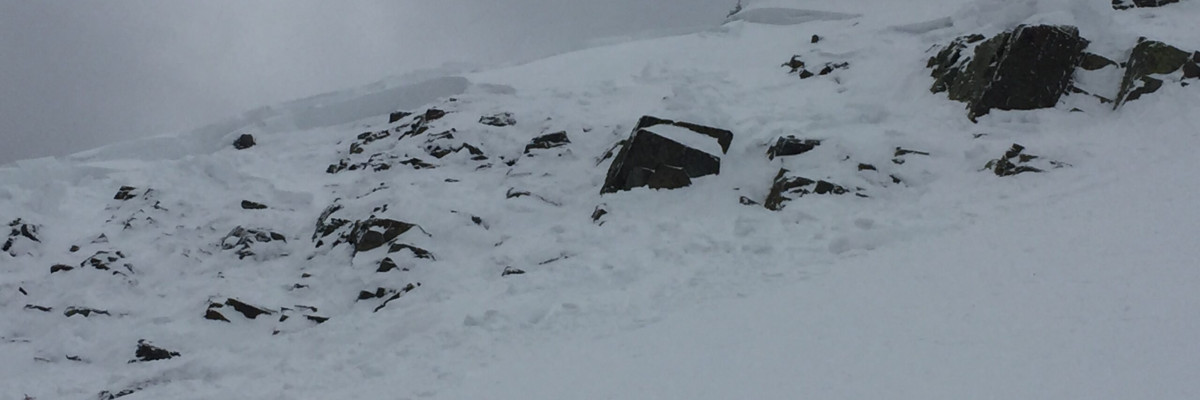The current avalanche danger is HIGH in the west central Montana backcountry on wind loaded slopes. Travel on wind loaded slopes or in runout zones is not recommended today. All other slopes are CONSIDERABLE.
Good morning, this is Travis Craft with the West Central Montana Avalanche Center’s avalanche advisory for December 24, 2018. This danger rating does not apply to operating ski areas, expires at midnight tonight and is the sole responsibility of the U.S. Forest Service.
Weather and Snowpack
Mountain temperatures range from 20 F to 28 F in the region. In the Bitterroot winds are 3 mph with gusts of 4 out of the SE. In the northern part of the advisory area, winds are reading 2 mph with gusts of 6 mph out of the East. The forecast area received 6 to 14 inches of new snow in the last 24 hours. The SWE totals range from .4 to .9 inches.
The primary concern today is wind slabs. Look for snowdrifts and smooth, rounded deposits of snow on ridgelines. Avoid traveling on wind drifted terrain. Do not travel in runout zones below wind loaded terrain.
The second avalanche problem is persistent slabs. Look for red flags such as whumpfing, collapsing and shooting cracks. Dig a pit to the ground and look for our buried layers and see how reactive they are in stability tests. Avoid traveling under runout zones and think of what terrain is above and below you. The layers in the snowpack are reactive to human triggers and are widespread throughout our forecast area. Travel and recreate on slopes less than 25 degrees.
Bottom line: The snowpack needs time to adjust to the new snow. Travel and recreate on slopes less than 25 degrees. Do not travel in runout zones.
Avalanche and Weather Outlook
More snow throughout the day. See the forecast here.
If you do make it out into the hills feel free to share what you see on our public observations page. They are not only helpful to your community but extremely helpful to us.
Ski and ride safe.
























